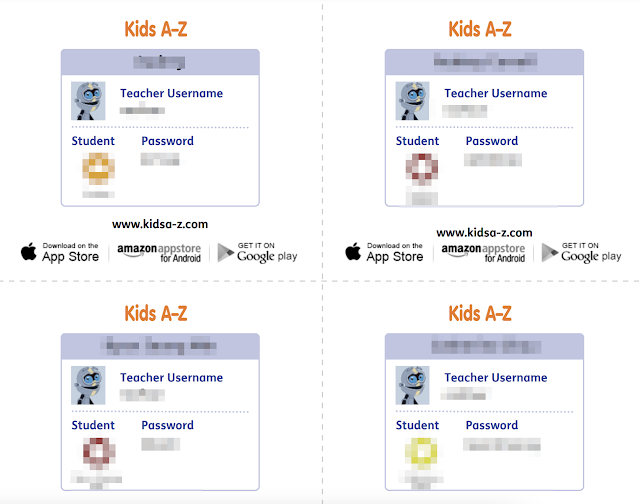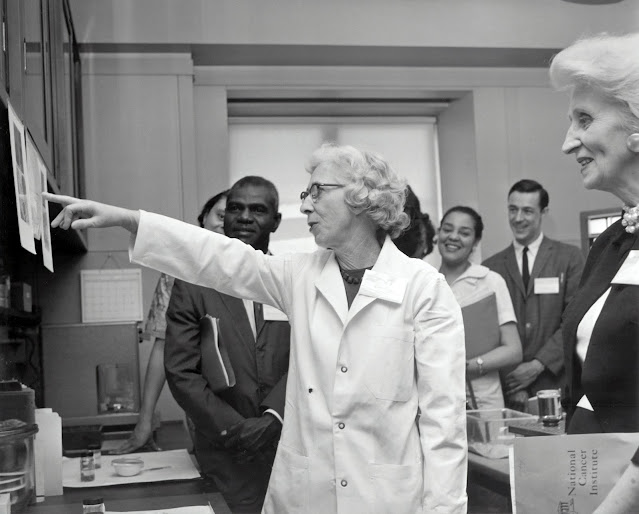In my years of teaching, I have used several EdTech products with my classes. The elementary students I teach usually have difficulty remembering login names and passwords. Many sites I use with them has a built-in account card generator, that allows for students to keep track of their credentials.
(When I was a homeroom teacher I had students keep a notebook of their information. The technology coach in me has some problems with it, but the homeroom teacher liked not having to look up their passwords each class period.)
I am using a site called Code Avengers for my coding class and club that I am running. It is a great program, but I needed login cards for the 200 students I had. Most of these kids did not use a computer - ever - so they were a necessity.
I ended up using Google Sheets and Autocrat which gave me a Google Doc with every student's own login card on it. The video below will show you how to do it.
I did have to do some formatting so the cards were not half on one sheet, and half on the other, but other than that, it worked well.
The one thing I would do differently next time is to design the cards a little better. I could have made it easier for the students to read their information, but I think that is a part of the learning.






